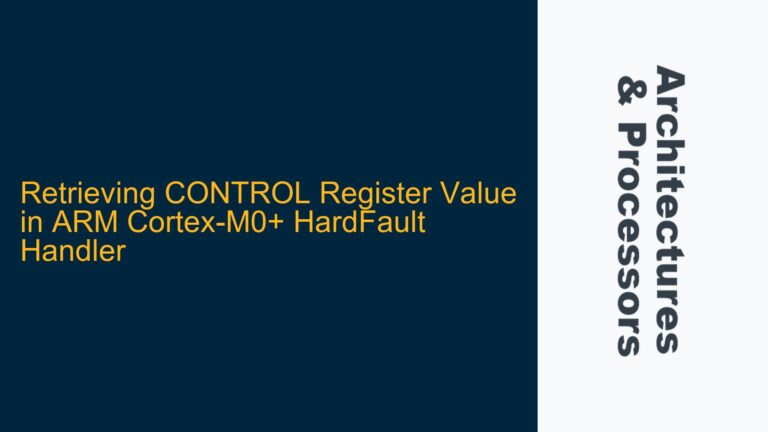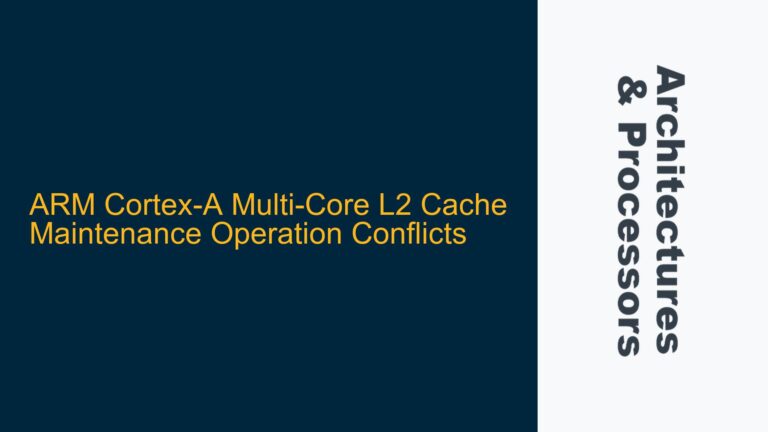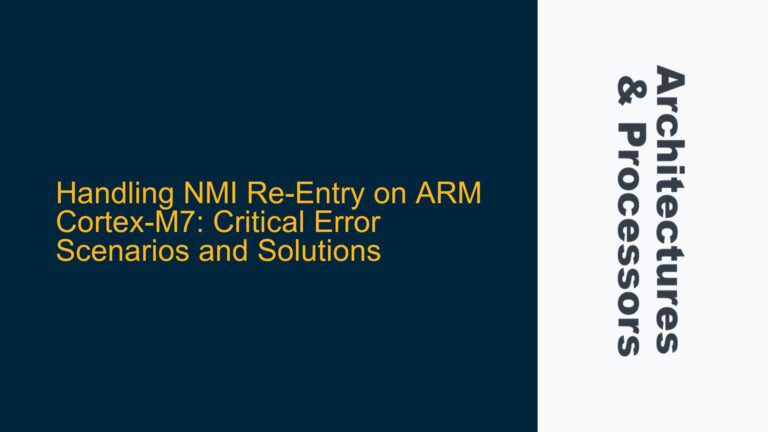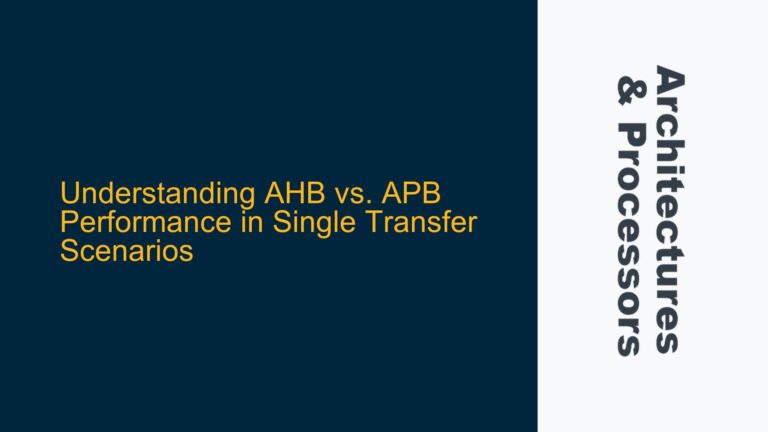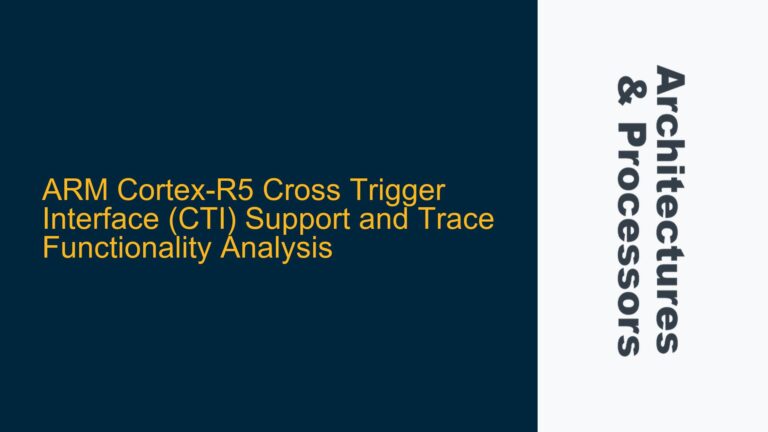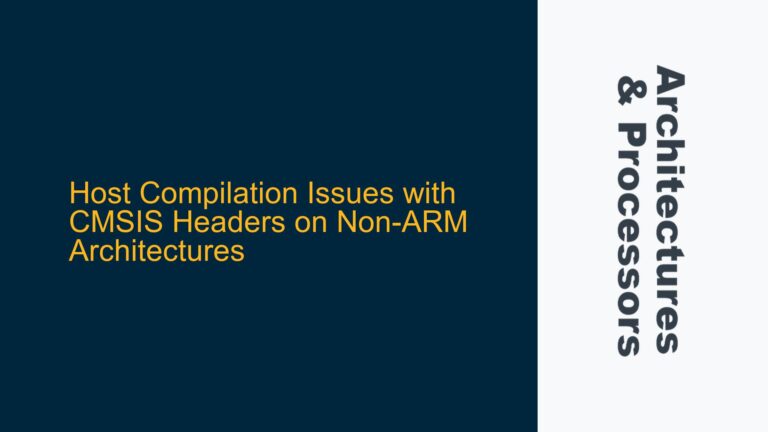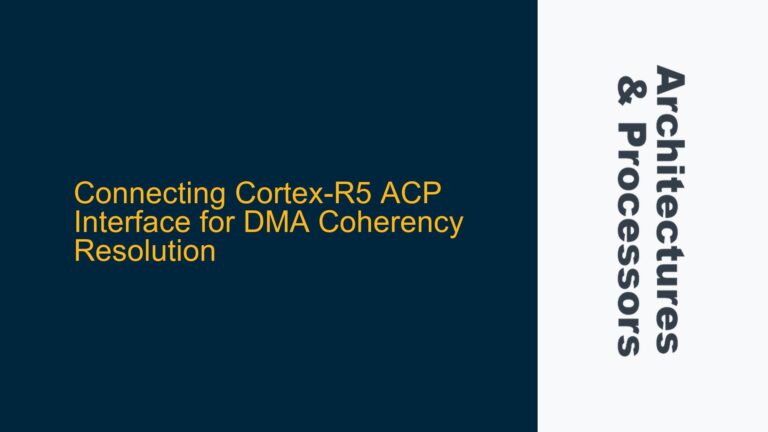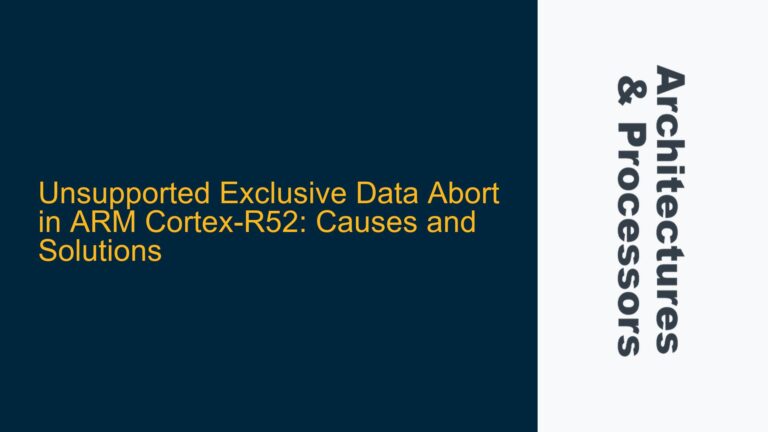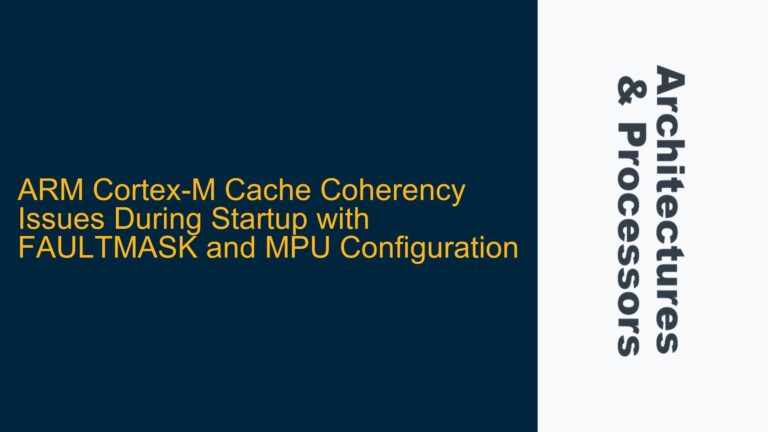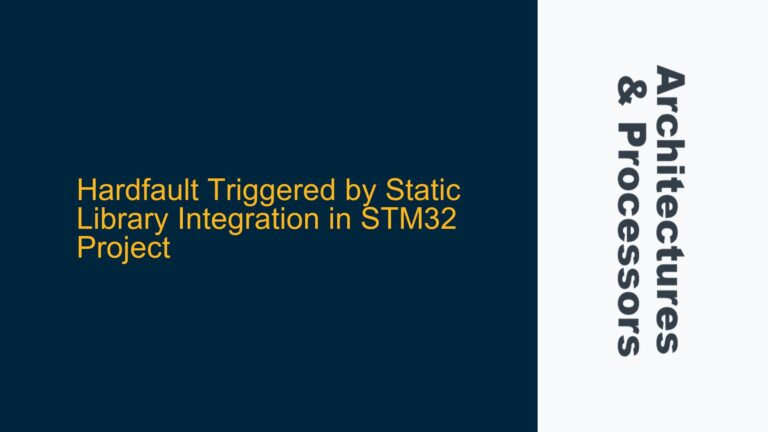Retrieving CONTROL Register Value in ARM Cortex-M0+ HardFault Handler
ARM Cortex-M0+ HardFault Handler and CONTROL Register Access When developing a HardFault handler for the ARM Cortex-M0+ processor, one of the challenges is accessing the CONTROL register value at the time the exception occurred. Unlike other registers such as R0-R3, R12, LR, PC, and XPSR, the CONTROL register is not automatically stacked by the processor…
